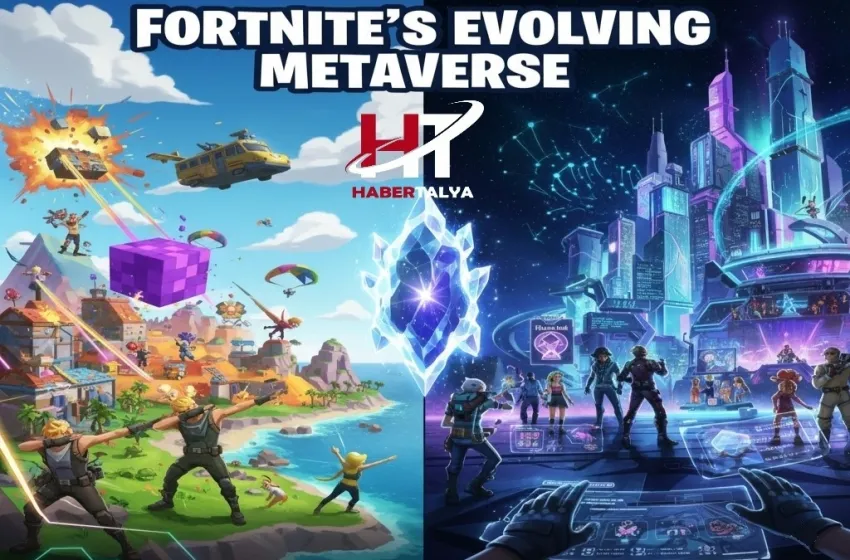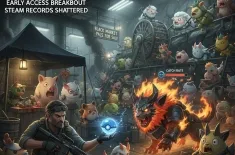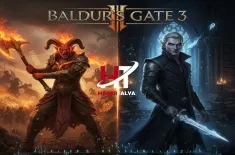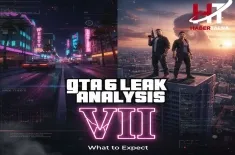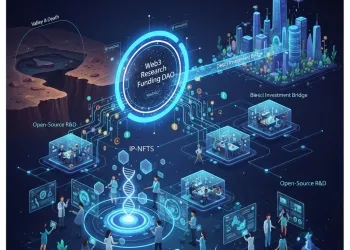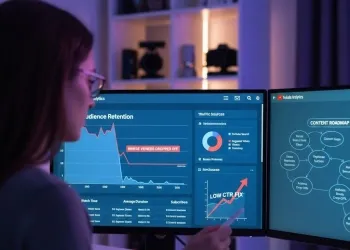Examining Epic's metaverse strategy with UEFN creation tools, Fortnite collaboration, and the creator economy. Key to player retention and cross-IP branding.
The journey of Fortnite from a simple Battle Royale phenomenon to a sprawling digital platform is one of the most compelling narratives in modern gaming. Epic Games has executed a masterful metaverse strategy by transforming its flagship game from a single, popular title into an interconnected environment capable of hosting entirely different game genres and branded experiences. The launch of dedicated, full-scale modes like LEGO Fortnite and Rocket Racing represents the most significant step in this evolution, confirming Epic’s intent to make Fortnite the central hub of digital life.
The Core Strategy: Fortnite as a Platform
Epic Games' strategy is clear: to maintain player retention and grow the ecosystem by providing infinite variety within one application. This is achieved by viewing Fortnite not as a game, but as an operating system for interactive entertainment.
Eliminating the "One Game" Constraint
Fortnite’s primary challenge was the inherent fatigue associated with a single game genre, even one as dynamic as Battle Royale. By introducing LEGO Fortnite (survival/crafting), Rocket Racing (arcade racing), and Fortnite Festival (rhythm), Epic has fundamentally broadened its appeal, catering to players who may have left Battle Royale or never been interested in it in the first place. The key is that all these experiences are accessed from the same launcher, share the same friends list, and most importantly, utilize the same cosmetic inventory.
Cross-IP Branding and Cosmetic Interoperability
The concept of cross-IP branding is the glue that holds the entire platform together. Fortnite is built on Fortnite collaboration, hosting major crossovers with brands from Marvel to Star Wars, musicians, and other gaming franchises. The crucial innovation lies in cosmetic interoperability.
- Unified Identity: A player who buys a cosmetic skin or emote from the Item Shop can use it across Battle Royale, Creative, and now, often, in the new flagship modes (e.g., specific LEGO styles for purchased Outfits).
- Value Proposition: This feature drastically increases the perceived value of every purchase, encouraging players to spend V-Bucks because their digital assets are no longer tied to a single game mode, directly boosting Epic's revenue stream.
The Technological Engine: UEFN Creation Tools
The shift to a true platform was made possible by the introduction of the UEFN creation tools (Unreal Editor for Fortnite), often dubbed "Creative 2.0." UEFN grants creators access to the full power of the Unreal Engine within the Fortnite ecosystem.
Professional-Grade Development
UEFN moves far beyond the limitations of the original Creative mode's pre-fab pieces. It allows creators to:
- Import Custom Assets: Developers can import their own static meshes, textures, and audio.
- Advanced Scripting: The Verse programming language, a new proprietary language by Epic, enables complex game logic, custom mechanics, and sophisticated AI behavior, making truly unique experiences possible.
The power of the UEFN creation tools means that user-generated content (UGC) within Fortnite can now rival the quality and complexity of professionally developed, standalone games, which is critical for long-term player retention.
Lowering the Barrier to Entry for Development
By providing a version of Unreal Engine tailored for Fortnite, Epic simultaneously lowers the barrier for traditional developers to reach a massive audience and raises the ceiling for ambitious community creators. This is a foundational pillar of their metaverse strategy, ensuring the content pipeline remains infinitely fresh and diverse, a core requirement for any successful platform.
The Economic Driver: Creator Economy 2.0
To incentivize the professional development necessary to sustain the platform, Epic overhauled its monetization structure with Creator Economy 2.0.
Engagement Payouts
Under this new model, Epic allocates 40% of Fortnite's net revenue from the Item Shop and related purchases into an engagement pool. Creators are paid monthly based on player engagement with their published islands, rather than direct sales within the map.
- Focus on Retention: Payout metrics prioritize things like player retention (how often players return day-to-day) and new player acquisition. This encourages creators to build high-quality, long-lasting experiences that contribute to the overall health of the Fortnite ecosystem, not just short-term viral loops.
- New Monetization Opportunities: The ongoing integration of in-island transaction tools allows developers to eventually sell premium features or items within their UEFN maps using V-Bucks, providing a more direct revenue stream alongside engagement payouts. This further strengthens the creator economy.
The Rise of UGC Game Studios
The combination of powerful UEFN creation tools and a sustainable revenue model has led to the formation of specialized UGC game studios focused entirely on developing experiences within Fortnite. These studios operate much like small, independent game developers, leveraging the massive built-in audience and powerful technology provided by the platform, validating Epic’s metaverse strategy.
Case Studies: LEGO Fortnite and Rocket Racing
The best proof of the "platform-first" approach is the simultaneous launch of LEGO Fortnite and Rocket Racing (developed by Rocket League studio Psyonix, which Epic owns).
LEGO Fortnite: A True Cross-IP Metaverse
LEGO Fortnite is more than a themed map; it is a full-fledged survival crafting game with persistent world states and deep systems. It brilliantly exemplifies cross-IP branding:
- Brand Synergy: The LEGO brand brings its own massive, multi-generational audience into the Fortnite environment.
- Aesthetic Integration: Existing player skins automatically transform into a LEGO minifigure style when entering the mode, perfectly fusing the two IP aesthetics and maintaining the value of the player's prior purchases.
- Long-Term Retention: The complexity of the survival/crafting loop is specifically designed to maximize player retention by providing long-term goals and shared co-op experiences entirely separate from Battle Royale.
Rocket Racing: Expanding the Genre Roster
Rocket Racing immediately integrates the IP of Rocket League, another Epic-owned property. It leverages existing vehicle cosmetics purchased in either Rocket League or Fortnite and offers a high-speed, competitive racing experience.
- Seamless Integration: This Fortnite collaboration demonstrates the platform’s ability to host competitive, physics-based, high-fidelity games that traditionally require a standalone application.
- Audience Migration: It provides a clear, high-quality path for Rocket League players to migrate into the broader Fortnite ecosystem, broadening the base of the metaverse strategy.
